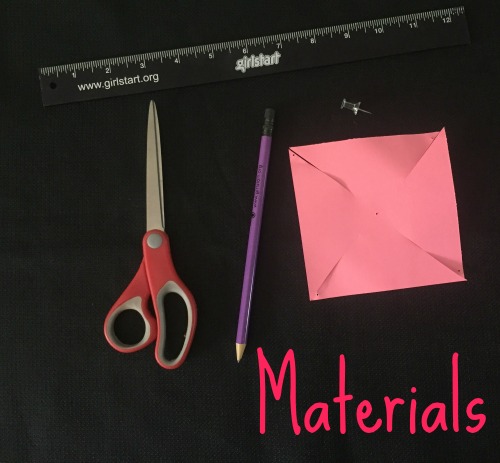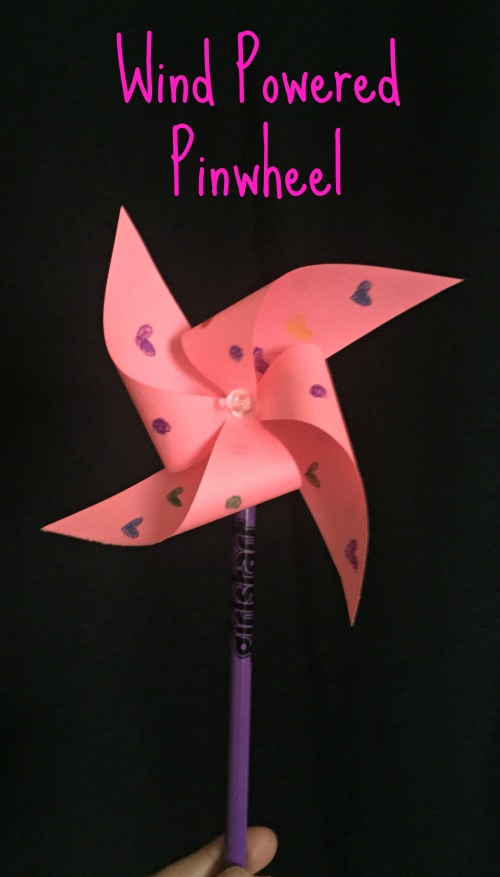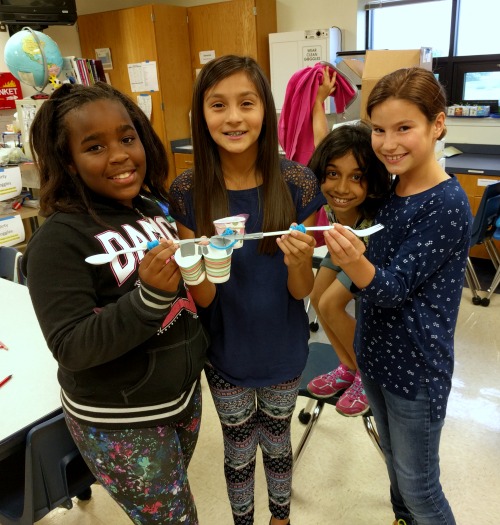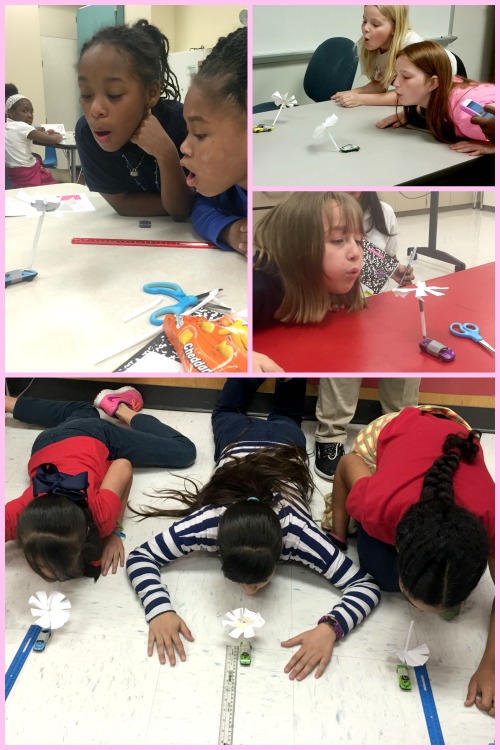Impact of Pipelines on Ecosystems
This week at After School To-Go, students learned about human impacts on local ecosystems. After reviewing some vocabulary, girls discussed the Civil Engineer career. Not only do civil engineers plan and design buildings, they also evaluate their designs for feasibility and environmental impact! Girls tried transporting buckets of “oil” across the room, then evaluated the efficiency of their system. Everyone decided that building a machine would make the job easier, then got right to designing their prototypes for a low-impact pipeline!
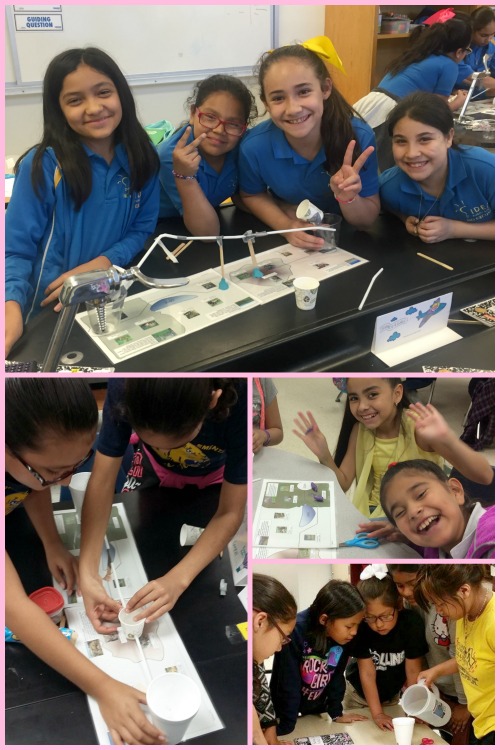
Before they began building their pipelines, girls examined the East Texas ecosystem to determine the challenges they would face. The pipelines would have to safely transport oil through forests, grasslands, deserts, mountains, and plains. Girls learned about animals that lived in each environment, then began to construct their pipelines.
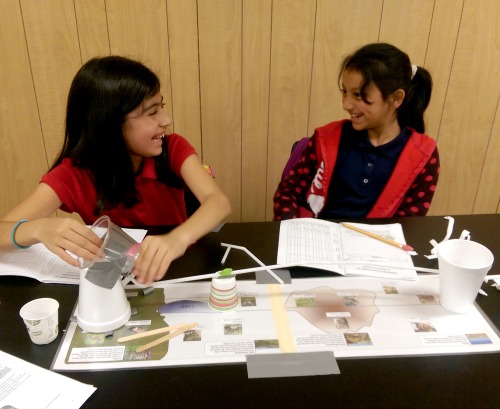
For each point in the pipeline where their structure touched the ground, girls accounted for the loss of 50 animals from the population. Additionally, students calculated the damage done by construction crews and trucks involved in building their pipelines. Finally, girls tested their pipelines by pouring water into the structure. For each leak, students deducted 100 animals from the population. Girls realized that as engineers, they have a duty to find the balance between structural integrity and environmental impact. At Girlstart, we’re encouraging future engineers to think critically about the impact they have on plants and animals in the ecosystem!


